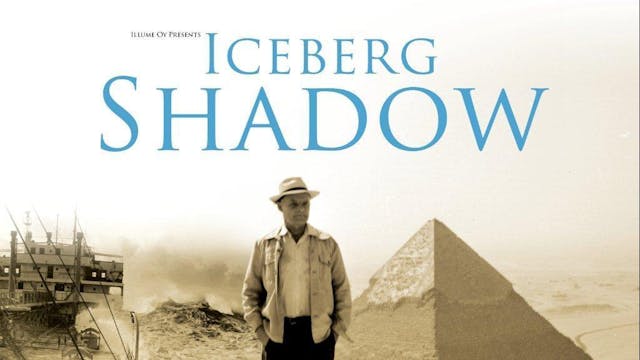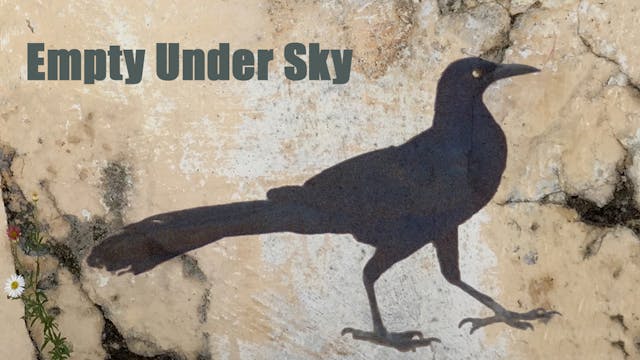Four Keeps Dakáake
The Arts in Focus
•
9m 40s
This short essay film is based on Crow/Apsaalooke tribal cosmology in which wind characterizes one of the four cardinal points and when called upon represents for the tribe a powerful blessing in endurance and return. In this film dakaake (Apsaalooke for bird) signifies both wind and child. A non-narrative film, Four Keeps: Dakaake characterizes in an indefinite way the special place children hold in the tribe. The film equates the sacred characteristics of wind with those of children and alludes to the many years children were lost first to intertribal slavery and later to US government intervention into tribal life.
Helen Pease Wolf first transcribed the traditional Crow story accompanying this film, “The Story of Moon and His Bride”. Her great-granddaughter, Ramona Real Bird, reads and discusses the story in the film. The girl, or ‘bird’, in Four Keeps: Dakáake is Ramona’s granddaughter, Walks-to-School.
Up Next in The Arts in Focus
-
Iceberg Shadow
The director finds a boxful of 8 mm films with pictures from all over the world from a garage sale.
Night after night the thin strips of plastic lying in the box come to life. They are clearly filmed by the same person, but who has wanted to document all these moments? The calm after the storm, ...
-
Empty Under Sky
Empty Under Sky, was made in response to Robin Starbuck receiving the Middlebury New Filmmakers Award for Best Music with Film Integration. It was made in collaboration with the Vermont Symphony Orchestra composer in residence, Matt LaRocca, and it screened with the orchestra during their fall 20...
-
Liar-in-Chief
Liar-in-Chief: A Chronicle of the Trump Presidency Through the Eyes of An Outraged Graphic Artist
A multi-award winning, often biting satirical documentary, that uses original still photo montages and short videos created by the director, along with his narration, to chronicle the horrors of the...



